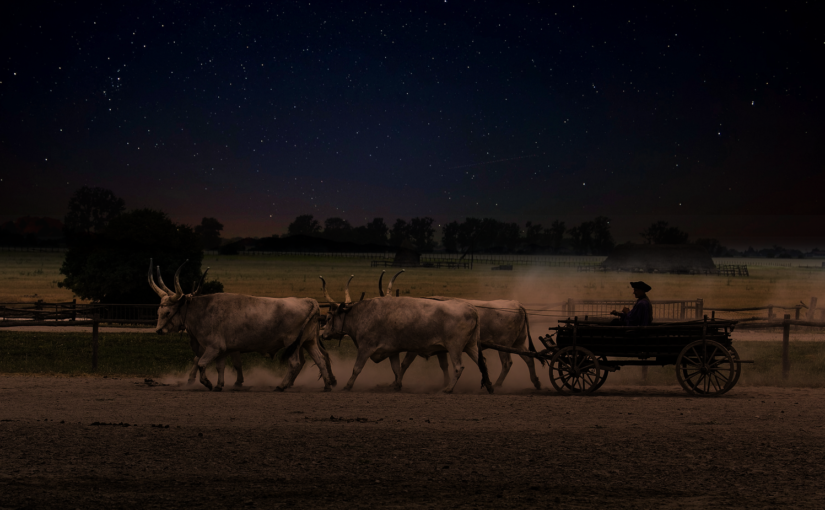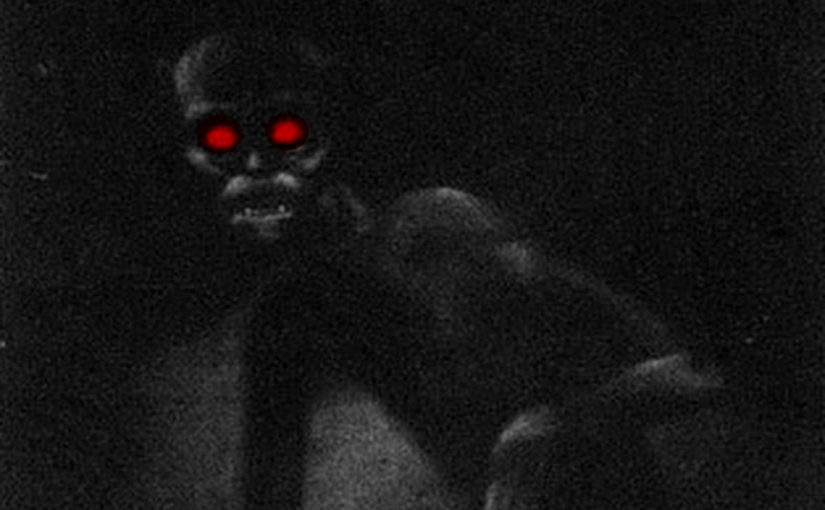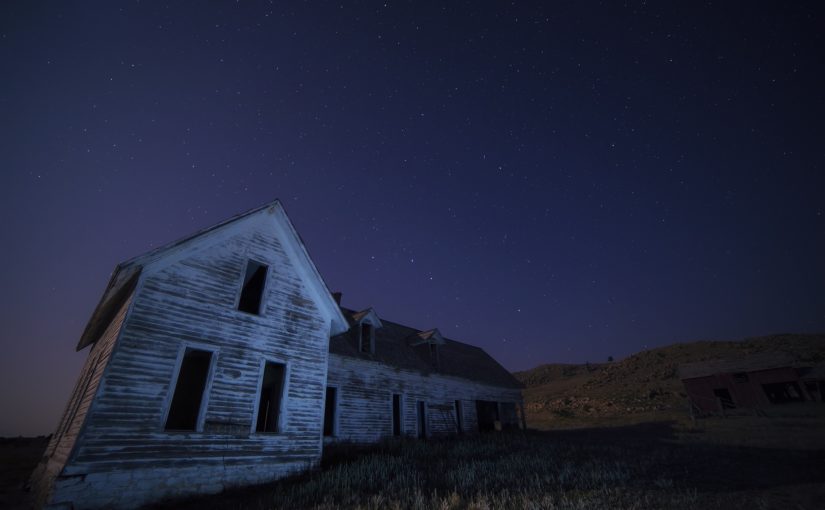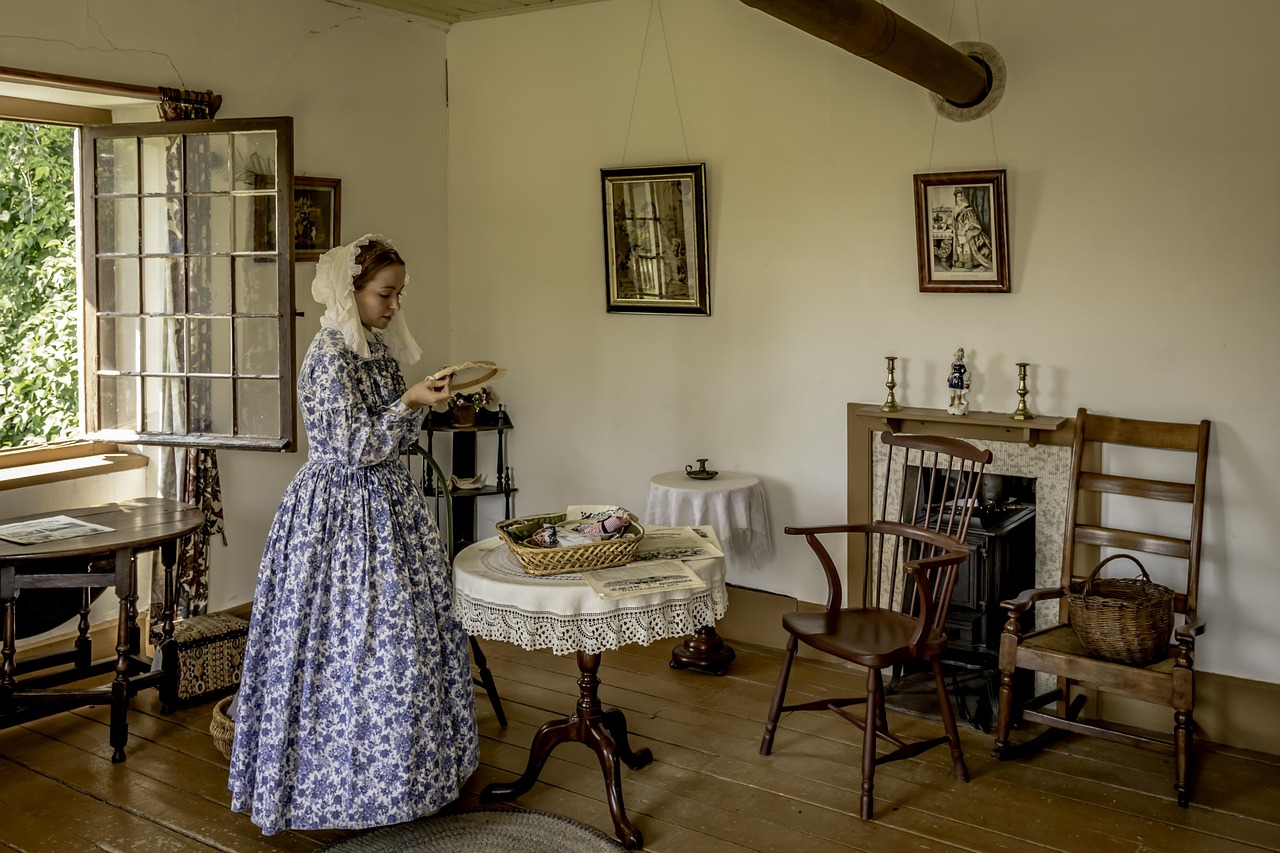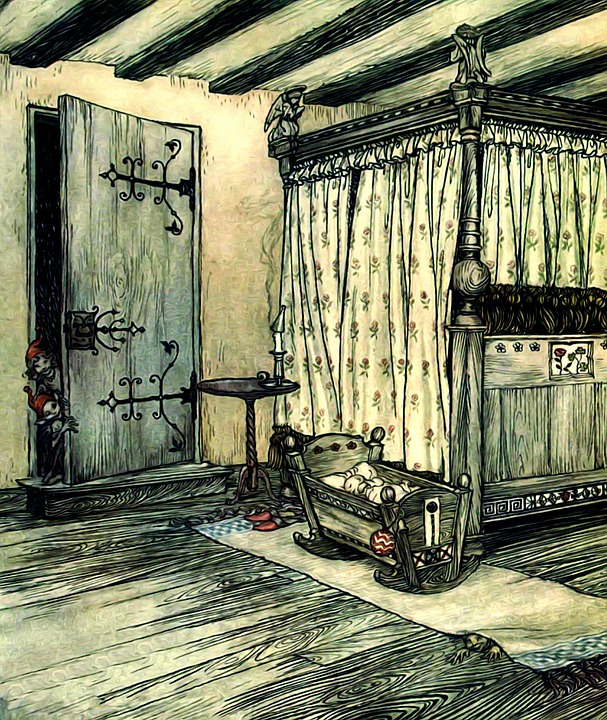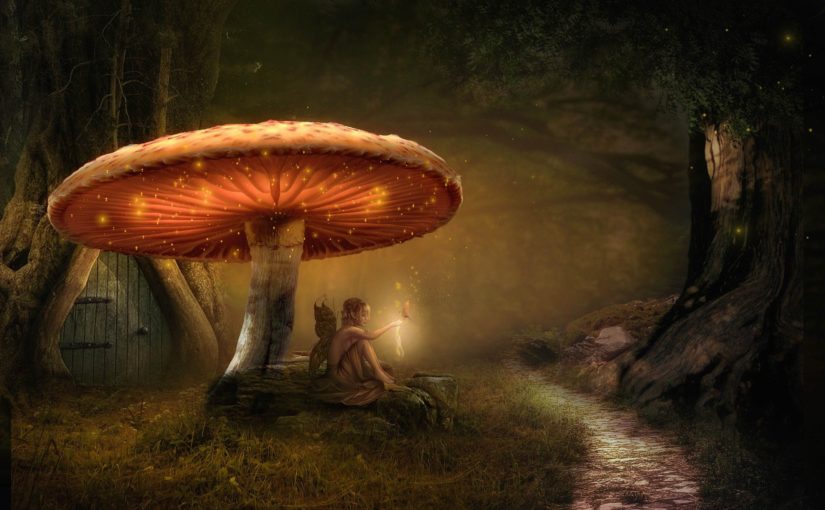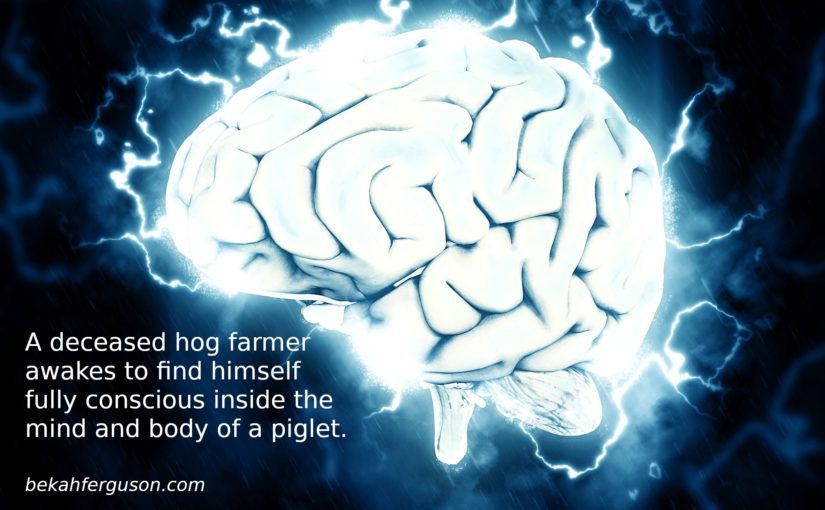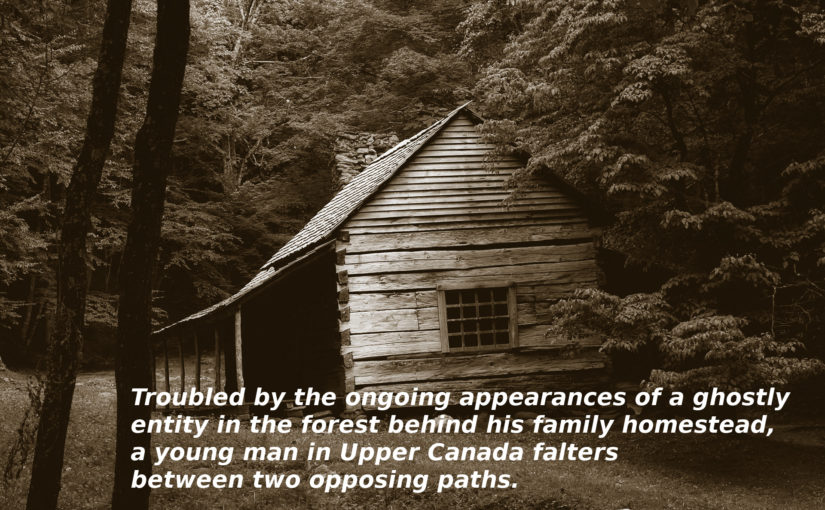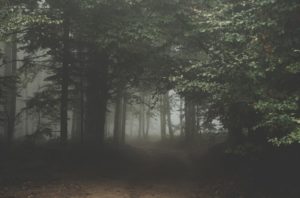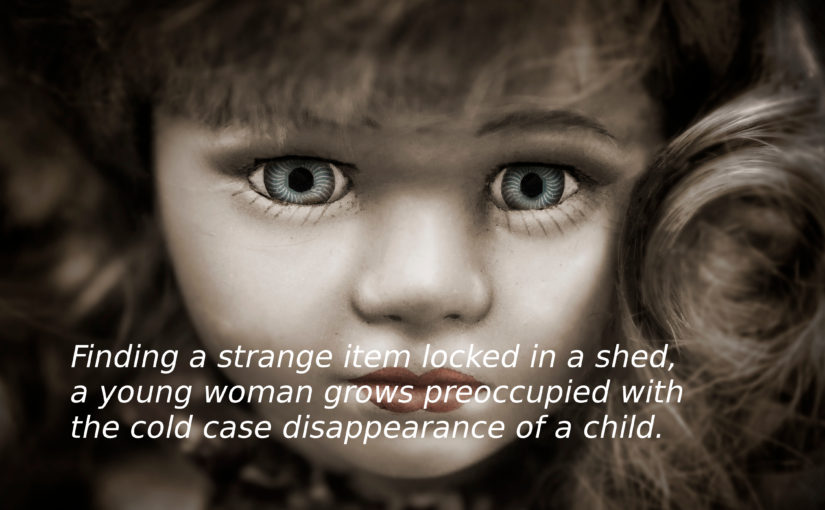As Retold by Bekah Ferguson
(4 min read)
Swift Runner crouched down in the trampled snow next to the dead body of his hunting partner. After weeks of being stranded in ever-accumulating snow drifts with nothing to eat, Runner was starving. Now, having made up his mind, he pulled a knife from the sheath of his belt. When the feverish deed was done, he fell asleep with a bloated belly next to the stripped bones of his partner.
He awoke in the murk of dawn to a hissing sort of breathing–like a man whose lung has been punctured by an arrow. The sound came from a tall form standing in the gaps between trees, snow falling heavily all around. It moved out into the clearing, leaving bloody footsteps in its wake, and peered down at Runner with glowing eyes in an exposed skull draped with rotting, grey flesh. The smell of decay wafted from its desiccated body as Runner heard a voice enter his mind, saying, “You have become me.”
In the spring of 1879, years later, Swift Runner’s estranged Cree community began to question the whereabouts of his wife and five children, who had not been seen by anyone since the early winter. Unsatisfied with Runner’s explanation (he claimed they’d all starved to death that winter) and noting his rounded torso—they sent the police in to investigate.
After days of searching the woods, a pit of charred wood and ashes was discovered, with human skulls and weathered bones scattered about. A tiny Moccasin shoe had been stuffed inside one of the skulls; a beading needle protruding from the eye socket. The police gathered the remains together and determined them to be Runner’s missing family; accusing him of cannibalism. He denied nothing, saying, “I did it,” and became the first man to be legally hung in what was then the Canadian Northwest Territories.

Sources:
Image by Tomasz Manderla from Pixabay


